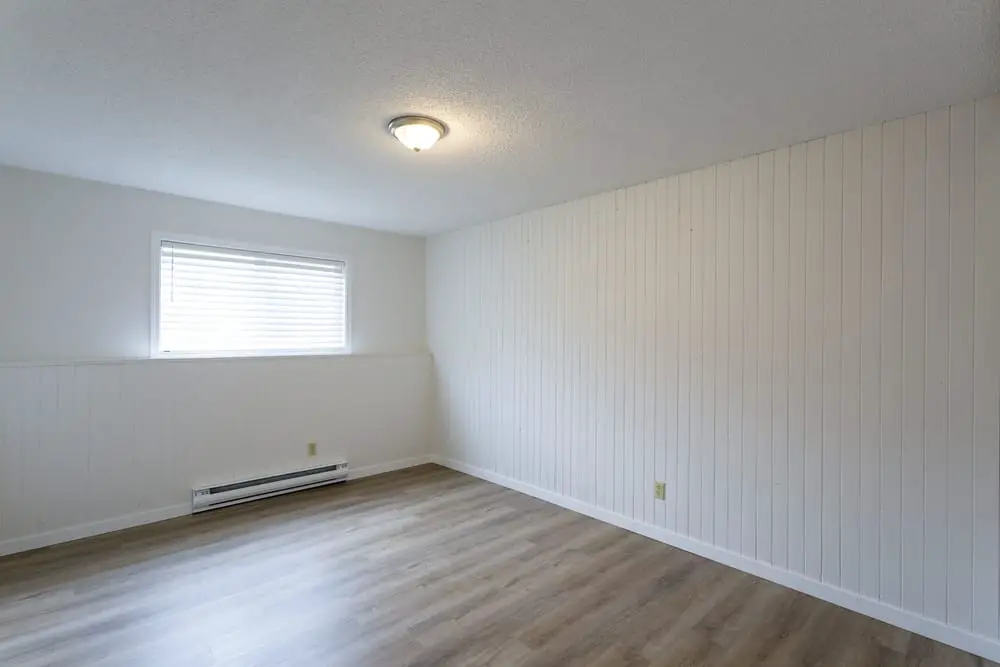A baseboard heater is the simplest form of electric heat in a home.
It is an effective tool to control the temperature and humidity in your house if you are living in cold areas.
But before you install a baseboard heater, it is best to know the ideal location in the house.
So, How Close Can An Outlet Be To A Baseboard Heater?
When installing a baseboard heater close to an outlet, it is essential to leave a clearance of at least twelve inches apart. Install the outlets on either side of the baseboard heater but not above. If the baseboard heater is close to the door, ensure that it does not block the heater when you open or close it.
The position of electrical outlets above the baseboard heater is encouraged if the area close by is free enough to prevent heat accumulation.
Although the National Electrical Code (NEC) does not prohibit installing baseboard heaters under or above the wall outlets, most manufacturers recommend that you install the outlets on either side of the baseboard heater.
This is usually to prevent the cords plugged into the outlet from falling onto the heater.
Three Problems If The Outlet Is Too Close to The Baseboard Heater
Your baseboard heater can produce sweltering conditions, an issue for cables close by.
You should install electric outlets at least 10 to 15 inches below the baseboard heater.
Failure to adhere to this minimum safety distance causes your heater to become a fire hazard in your house.
Here are some of the risks of baseboard heaters:
1. Safety Hazard
Most building codes forbid the installation of electric outlets above the baseboard heater.
This is because baseboard heaters generate a lot of heat which can overheat wall outlets below the safety line.
The accumulated heat can be devastating for electrical outlets near the baseboard heater.
It is also a concern for the kids in the house. Your kids can accidentally touch the baseboard heater and get instant burns if it is very hot.
Besides, your children may also be electrocuted if the cables are exposed.
Given these possible ugly scenarios, you are advised to position electric outlets on either side of the baseboard heater and not directly above the heater.
2. Electrical Hazard
Baseboard heaters are available in different types.
The hot water baseboard heater is the most popular type. This heater generates an immense amount of heat at a higher rate than other heaters.
The copper coils radiate heat rapidly, which accumulates around the electrical outlets.
The electrical outlets are majorly made of high-density plastic with plastic wirings inside.
So, when the heat becomes intense, it deforms the plastic coating and exposes the naked wires. This leads to electric short-circuiting, which can cause fire outbreaks.
Besides, repeated overheating degrades cords plugged into the electric outlets above the baseboard heater. It chips the coatings on the cables. Generally, the heat lowers the lifespan of the cords.
Overheating can also melt the plastic framing on the electrical outlet. Consequently, an electric accident can happen if you touch an exposed electrical outlet.
It can be detrimental for kids to play around the baseboard heaters. So, you must watch out for your kids if they go close to the baseboard heater.
3. Fire Hazard
The hot water baseboard heater generates a lot of heat, reaching a temperature of about 200F. Immense heat damages the electrical outlets, especially the plastic parts.
When the plastic parts melt, it exposes electric wires inside. If multiple cables are plugged into the outlet, they cause an electric fire when they come in contact.
To avoid possible electric fire, keep a vertical gap of at least 12 inches between the outlet and the baseboard heater.
You must adhere to the safety protocols by carefully positioning the electrical outlet near the hot water baseboard heater.
Ways To Prevent Baseboard Heaters from Overheating
Baseboard heaters can generate a lot of heat which is a concern sometimes.
You can detect an overheated baseboard heater by a burning smell.
So, if you notice some signs of overheating, you can troubleshoot the heater by following the steps below:
- Use a screwdriver to open up the panel box. Check with a volt ohmmeter if the output from the panel to the heater is working. If it is faulty, replace the breaker.
- If there is no issue with the breaker, proceed to check the thermostat.
- Again, if everything is okay with the thermostat, check up on the feed wires and the resistance.
- Finally, check the readings displayed on the meter. A typical working meter should be reading 220V but at least 110V. If the meter readings are below 110V, check for a break in the feed fires.
These simple DIY procedures can help you rectify an overheating baseboard heater. However, if the heater is completely faulty and you can’t find the problem, it is best to call an electrician to inspect it.
You can improve the performance of your basement heater by ensuring regular clean-up to get rid of dust that often builds up inside and potentially causes problems.
Also, ensure that you regularly check the heater’s thermostat.
Final Words
Baseboard heaters generate a lot of heat, causing significant hazards in the house if you do not take the proper precaution.
It is recommended to have an outlet at least 12 inches vertically above your baseboard heater to avoid problems of excess heat.
It also helps remove any obstacles from the unit that may hinder airflow.

